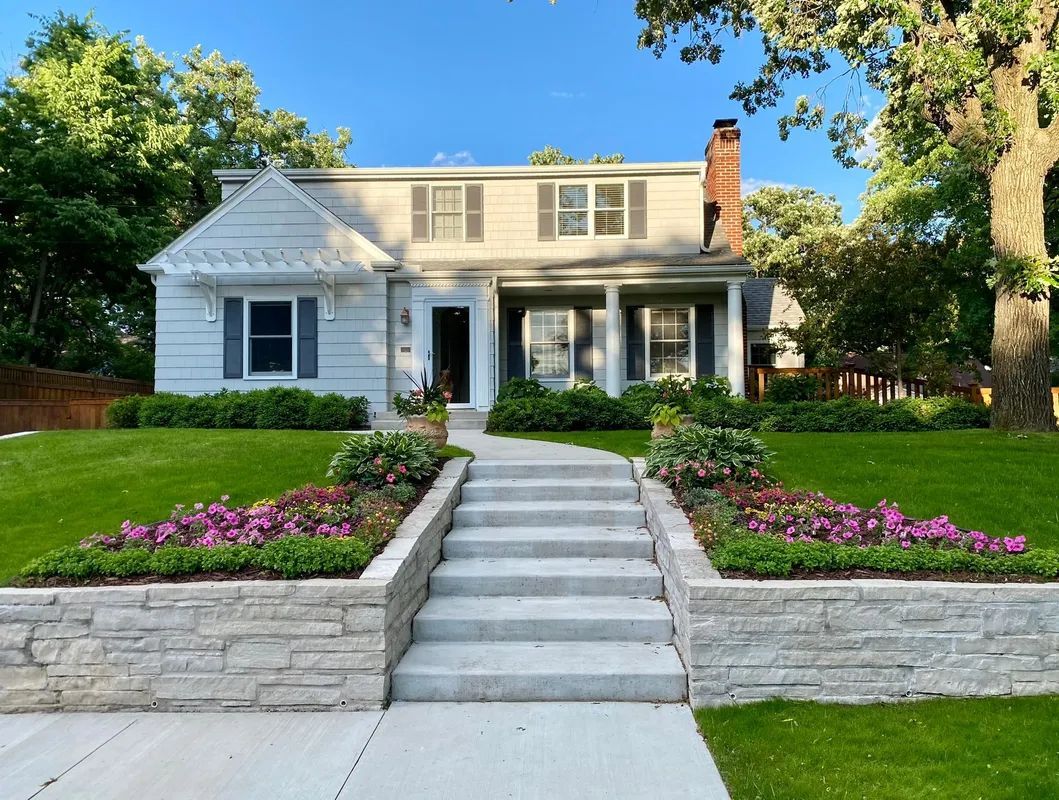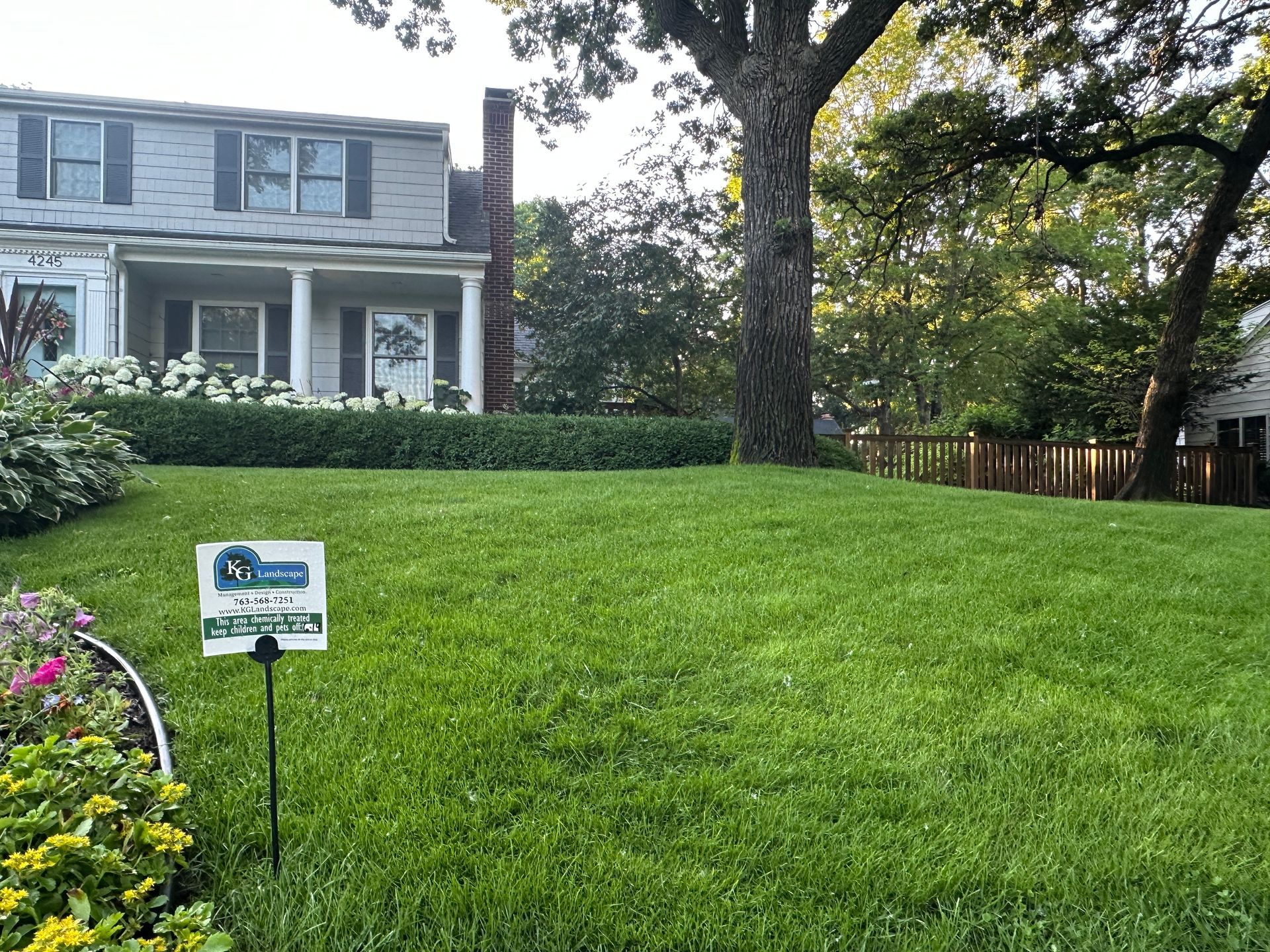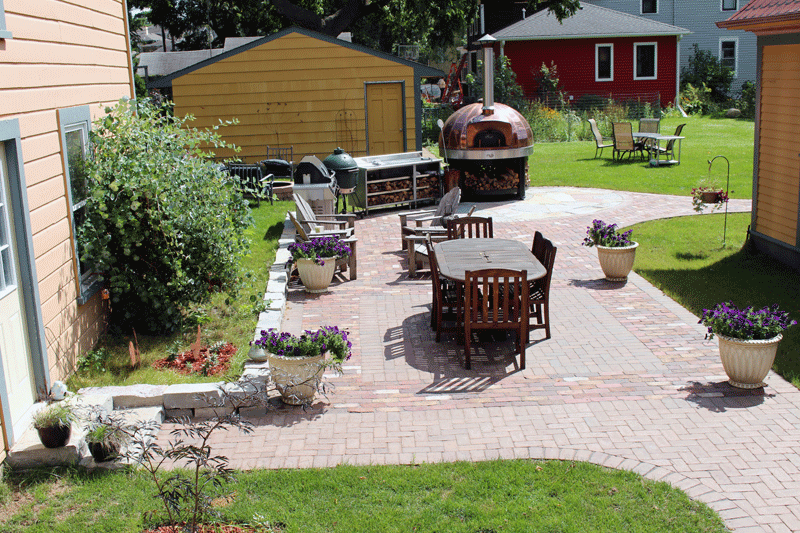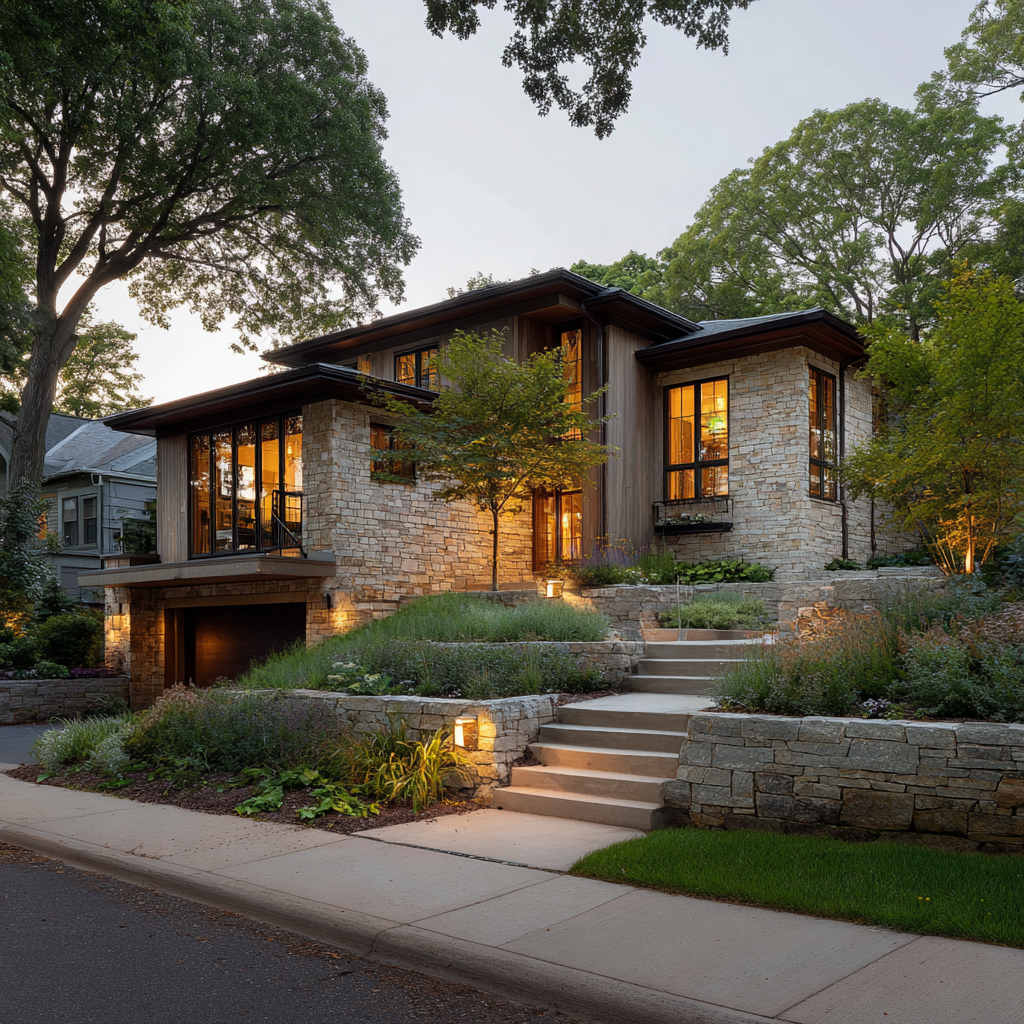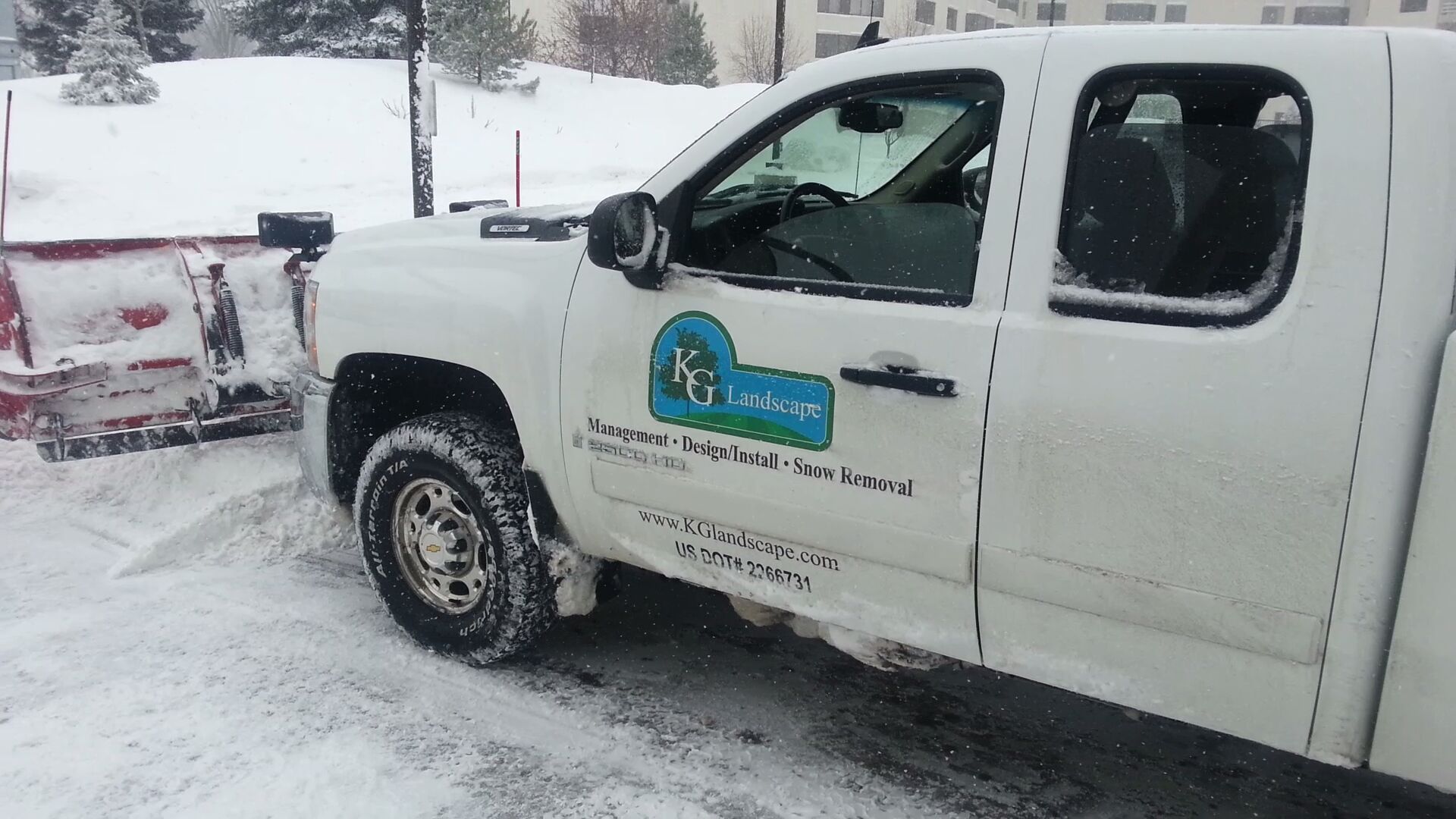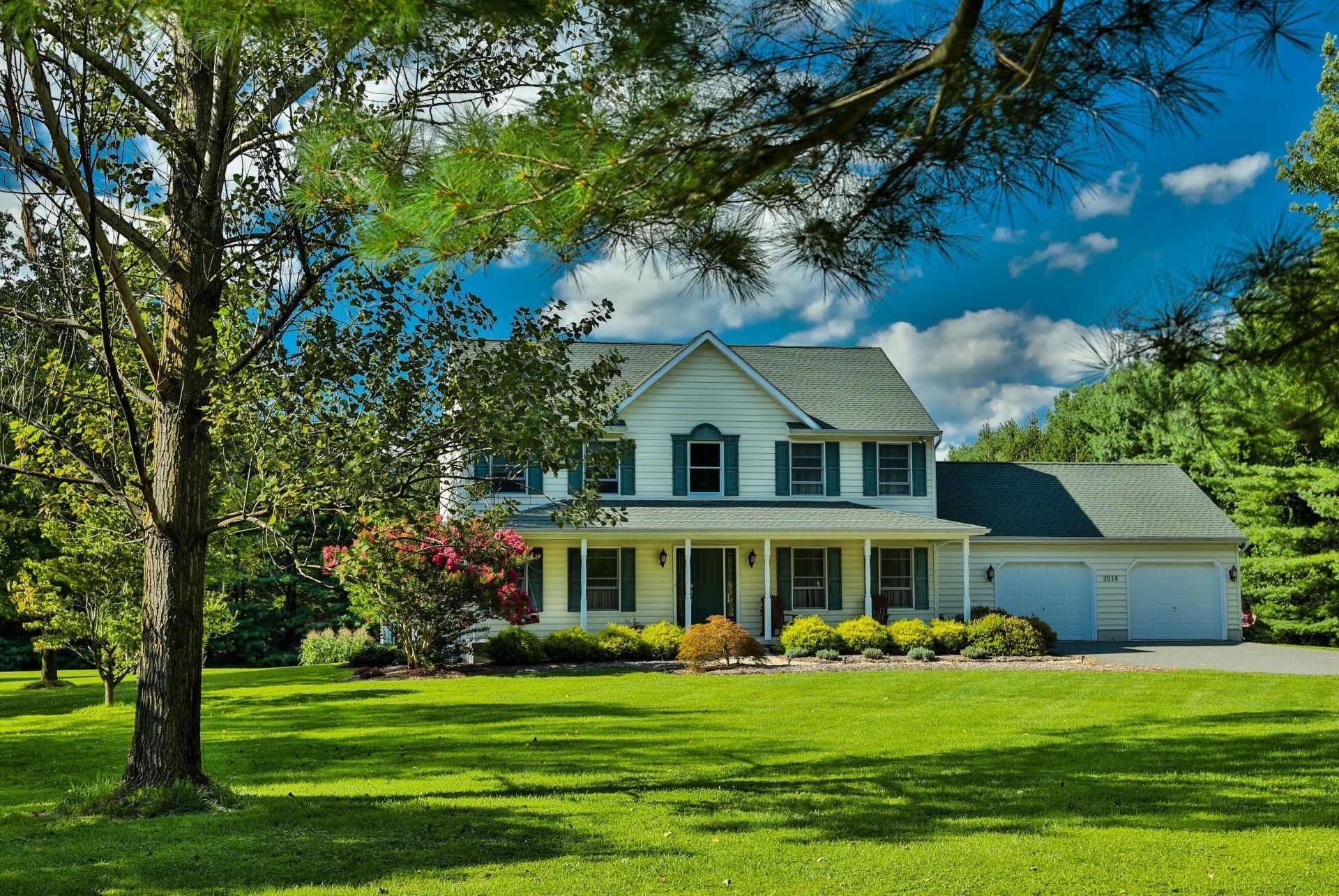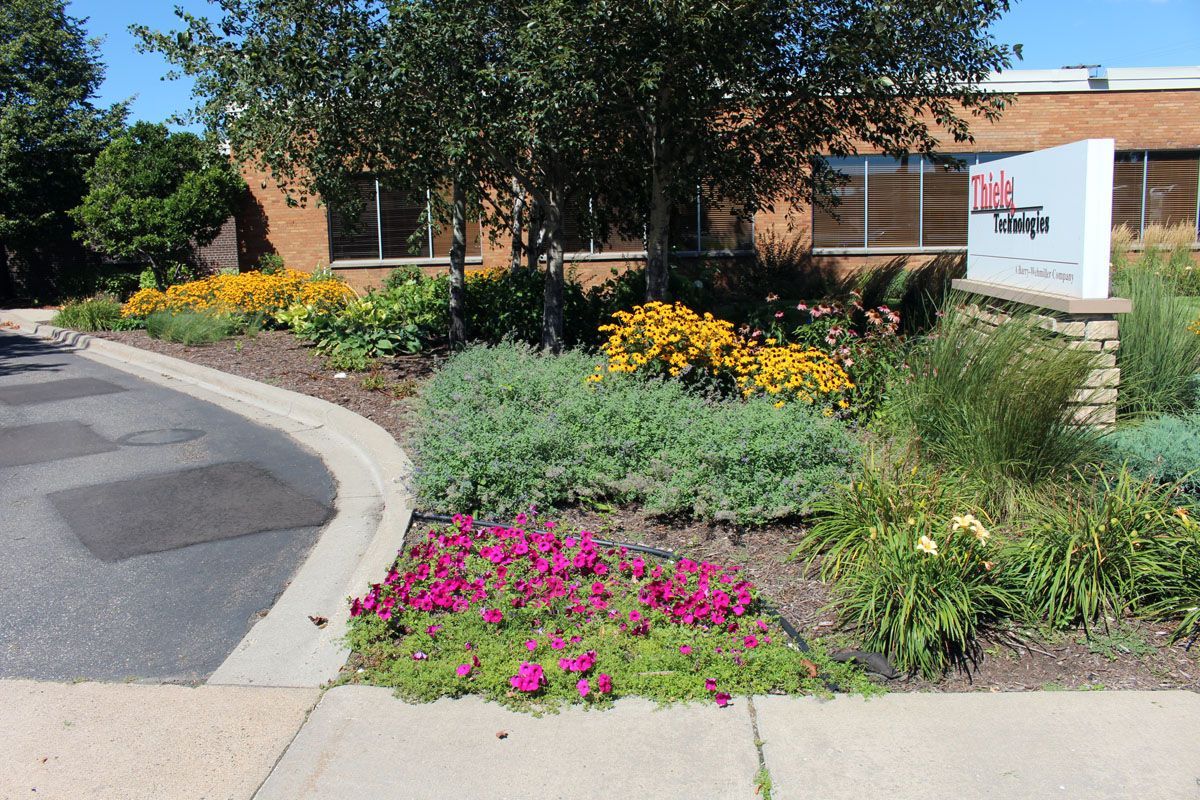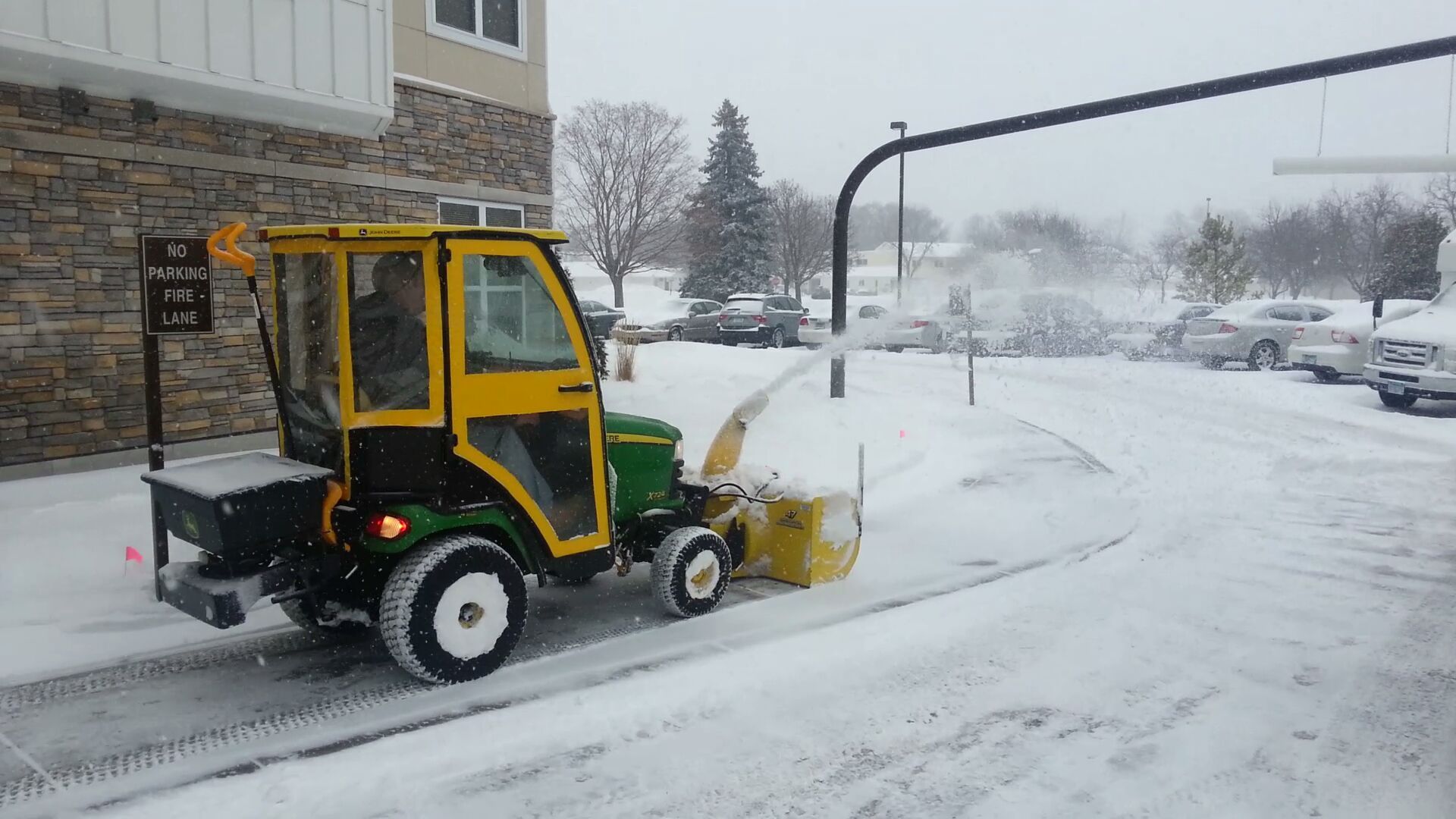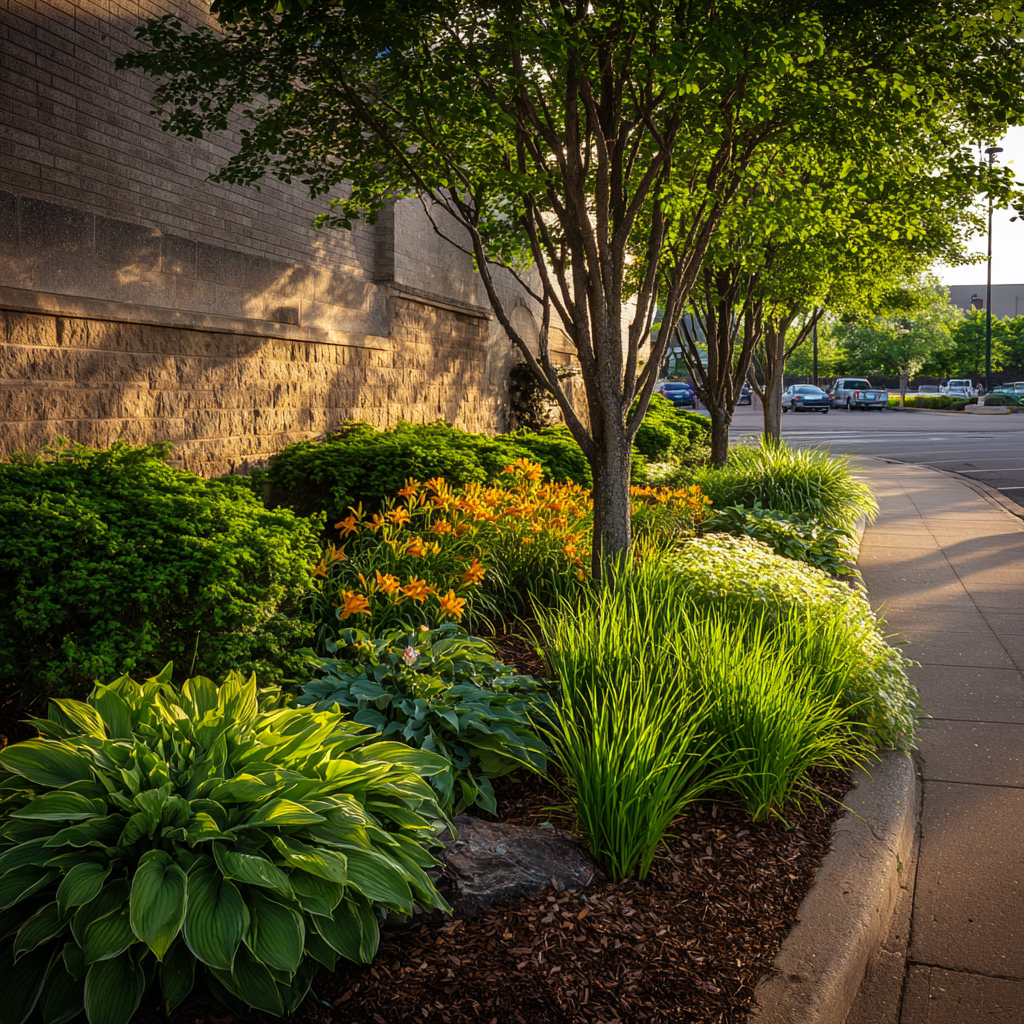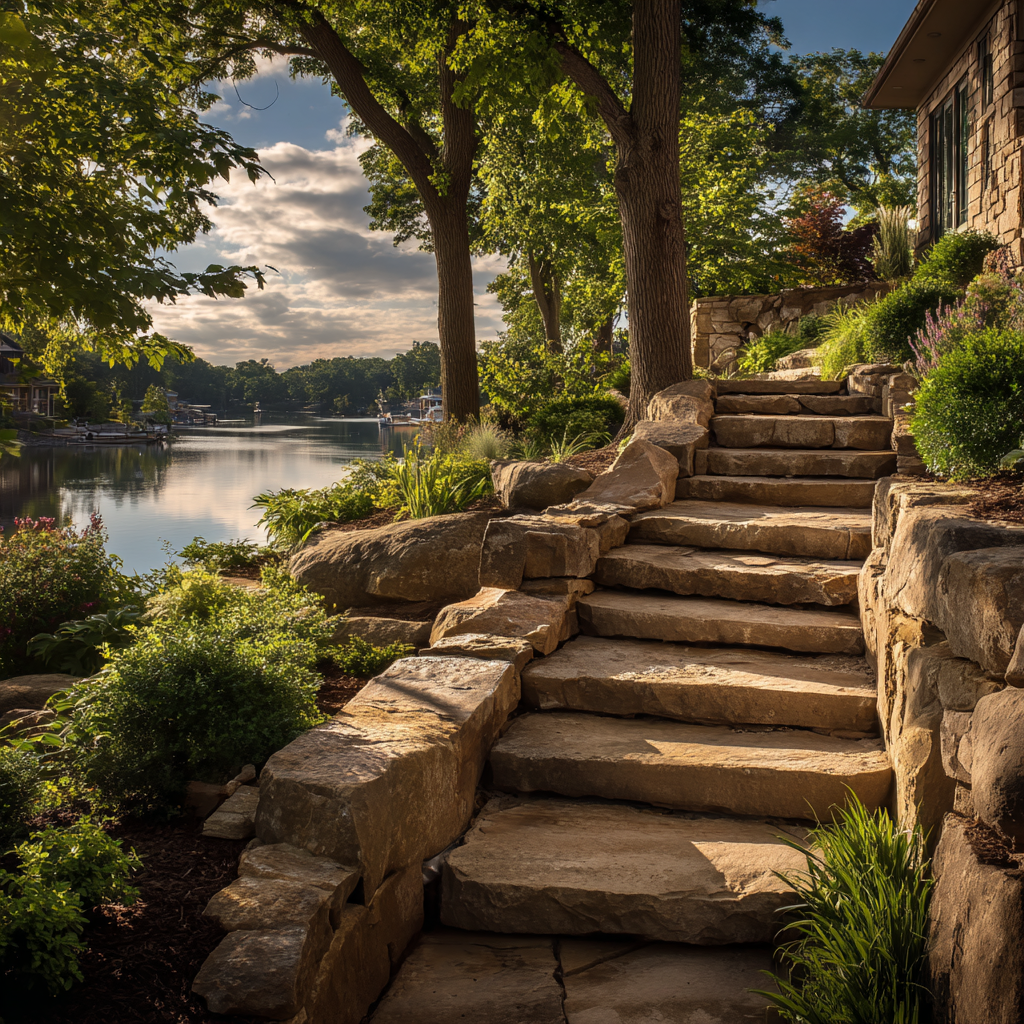Landscaping for Commercial Signage
When you manage a commercial property, you want to be sure customers and clients can find you—and that they like what they see. Your signage is one big step, but how do you make it look attractive and inviting? That’s where the commercial landscaping experts come in.
Greenery
While it’s certainly possible to make a lovely rock garden incorporating landscape boulders, people tend to be drawn to plants. There’s a fine balance with plantings, however. You want to differentiate yourself, since you’re competing for attention, but you also don’t want anything too “out there.” Whatever you choose, we recommend plants that grow slowly and stay fairly short. They shouldn’t obscure your signage. You’ll also want to opt for low-maintenance, drought-resistant plants. While you will need to maintain these plantings, you can make it easier on yourself. In this section, we’ll look at a few options.
Shrubbery
Since you don’t want any plants to overtake your commercial signage, choose slow-growing, low plants. In front of the sign, consider opting for boxwoods. A bonus to these is that they’re an evergreen that can help add winter interest when everything else has gone dormant. If something leafy is more your style, dogwoods are a wonderful choice—and the “arctic fire” or “firedance” varieties have red twigs that also provide unique winter color. If you have room, choose something taller for the sides of the sign to draw attention and frame it. Arborvitae are great for this purpose, and, like the boxwoods, will add needed winter color.
Flowers
Landscape Bed
In many ways, designing a landscape bed for commercial signage is like building a garden bed to highlight a flagpole. First, you’ll likely want to build up a landscaped area where your signage is. This can help set the sign apart from the rest of the property and will help it become the focus of attention. Then, when it comes to designing the bed, a circle or oval with the signage in the middle is a good bet. Not only is it a classic look, but the eye is drawn to the center of the area, and thus to your sign. If a circle or oval is not an option, consider tapering or curving the bed toward the building. This design can help lead people in the front door. Finally, as with other bed designs, you’ll want to layer the plantings—tallest in back, shortest in front. If you’re planning on using both shrubs and flowers in your design, as mentioned above, this means you’d want the shrubs planted closest to the sign, and low-growing flowers closest to the road or sidewalk.
Other Considerations
Even if you’re not open in the evening, you’ll want to install outdoor lighting to highlight your signage. First, it gets dark early in Minnesota’s winters, so even if you’re only open till 5 o’clock, customers will need a light to see your sign clearly. Second, lighting up your sign means you can advertise your business 24 hours a day. Be careful either to choose plants that grow low enough that they won’t block the light, or install lighting where the beams won’t hit the plants.
Another consideration is whether to install an irrigation system. This will of course keep the new plants watered and looking green and healthy. Alongside watering, your landscape bed will need regular maintenance. This means replacing the mulch every year or two, keeping the beds weeded, and replacing annuals as the seasons change.
One more way to make your commercial signage truly unique is to make it into a water feature. Everyone loves a waterfall or fountain, and it will make your sign—and your name—more memorable to passers-by.
If your commercial signage needs to be refreshed, you can trust the experts at KG Landscape. Give us a call today at 763-568-7251 or use our quote system to get in touch. We’ll set you up with a landscape plan to wow your customers and bring people in the doors.



